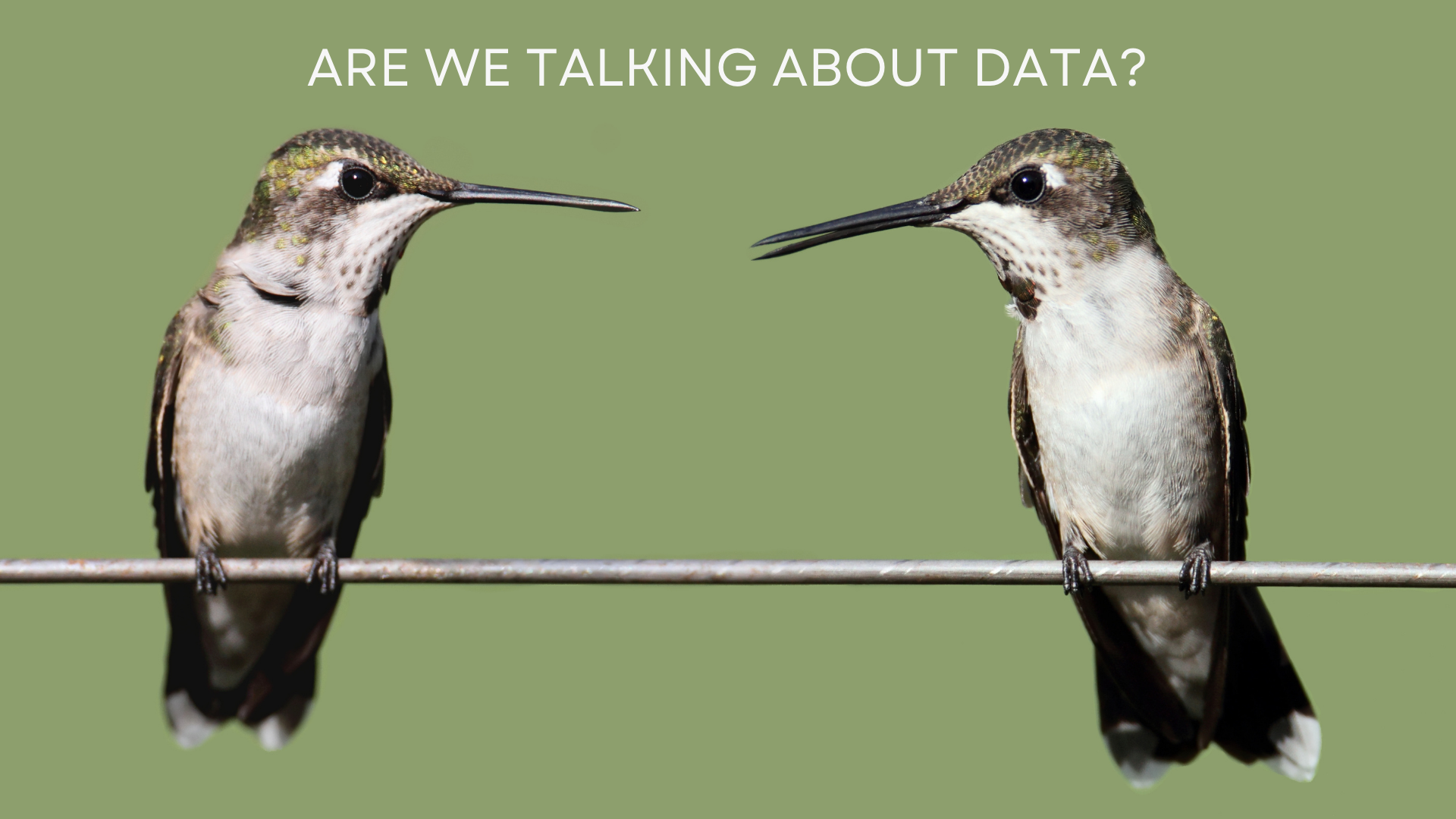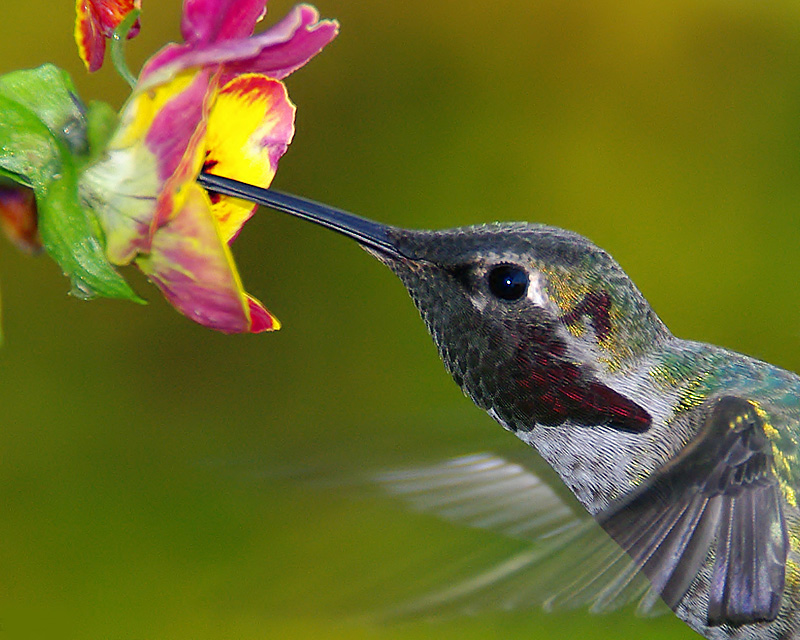Some people are seeing the butterflies transition through their annual cycles already. In some cases, it’s more evident to see which butterflies are where on their short journey through life at their breeding grounds.
Eastern monarchs typically go through four or five generations in a single year. The monarchs from Mexico migrate into the South, laying eggs beginning in mid-March. The offspring of the first generation from Mexico then migrates north to lay eggs.


